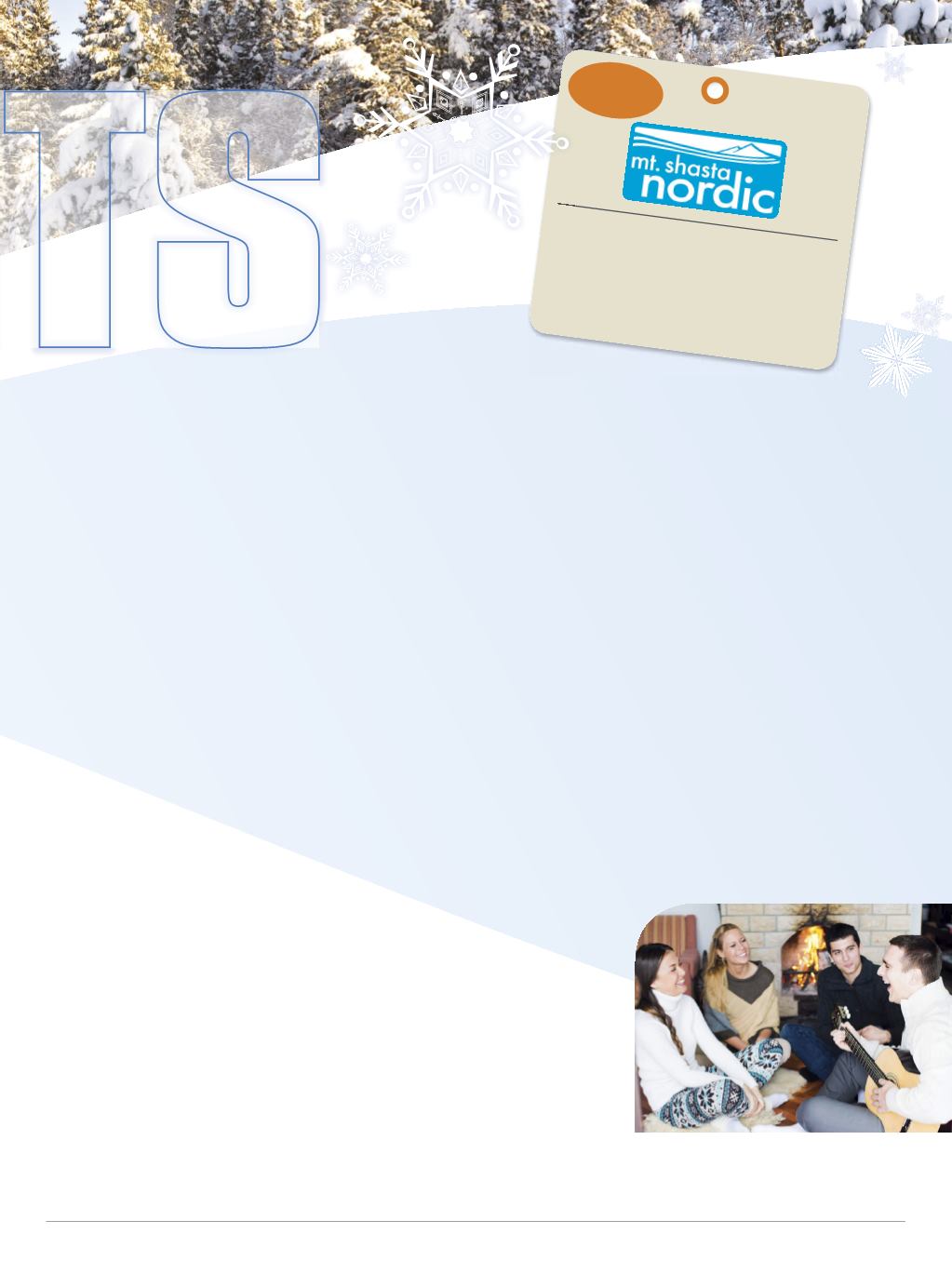
13
Skiing and
snowboarding
Both of these popular winter sports
require strength, endurance, balance
and coordination. If you’re not physically
fit before you hit the slopes, you might
end up hurting yourself. The American
Council on Exercise recommends
starting a training program well in
advance of opening day.
Other safety tips for skiing and
snowboarding include:
Make sure the bindings on your skis
or board are adjusted correctly.
Consider having your ski boots
and bindings tested by a shop that
adheres to American Society of
Testing and Materials standards.
Learn how to get on, ride and get off
a ski lift.
Keep your eyes open, and yield to
others before heading downhill or
merging onto a trail.
Don’t push yourself to keep going
if you’re tired. “One more run” is
the preamble to many accidents,
according to the AAOS.
If you’re a snowboarder, resist
the urge to try fancy stunts
and maneuvers without proper
instruction.
Sledding
The majority of those hurt while
sledding are kids 14 and younger.
That’s probably because sledding is
often a child’s pastime. Adults might
enjoy it too, but their presence is most
important as a supervisor.
Here’s what the grown-ups should do:
Provide a safe sled. It should have
runners and steering control. Sleds
with those features are safer than
snow disks. Don’t let your kids slide on
plastic sheets or other materials that
can’t be steered or that can be pierced
by sharp objects on the ground.
Take kids to a hill designated for
sledding. It’s not safe for kids to zip
down a slope that’s peppered with
trees or lined by fences or that opens
onto a street.
Check the hill first. Clear it of any
rocks, sticks or other debris.
Tell them to always look out for
others and to never head downhill if
someone is in the path. Also, make
it clear they should never ride
head-first—they should sit facing
forward and steer with their feet or
a rope tied to the handles of the sled.
Never pull a sled with a motor
vehicle. No exceptions.
Ice skating
It’s hard to think of a more wholesome
family activity than ice skating. And it is
also one of the safest winter sports. Still,
accidents on the ice do happen. The
National Safety Council offers these tips
for safe skating:
Wear skates that fit comfortably and
give good support to your ankles.
Have your skate blades sharpened
by a professional at the start of every
season.
Skate only on ice that is prepared for
skating and where you know the ice
is thick and strong enough to support
your weight.
Always check the surface for cracks,
holes or debris.
Don’t go stir-crazy—go ski-crazy!
Dignity Health is giving away a free day
pass to Mt. Shasta Nordic Center to the
first 75 callers
. Call
888.628.1948
to get
your pass today.
FREE
TS
Dignity Health


